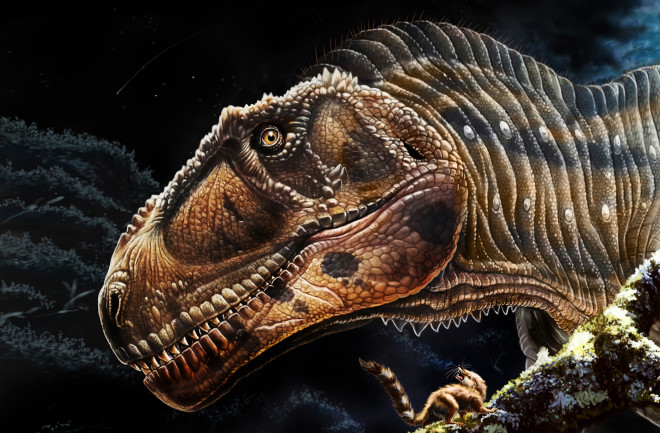The Tyrannosaurus rex, and other members of the tyrannosaurus family, are not the only carnivorous dinosaur to have tiny arms, according to a study recently published in Current Biology. Researchers from Ernesto Bachmann Paleontological Museum in Neuquén, Argentina, discovered fossilized remains of the Meraxes gigas, a large carnivore — like the T. rex — that also had disproportionate arms. These findings indicated that the T. rex and M. gigas evolved independent of each other and the use of these shorter arms.
Newly Discovered Dinosaur Has Short Arms Like The T. Rex
Small arms on the T. rex and M. gigas may have been key for survival of their species.
By Monica Cull
Jul 7, 2022 3:01 PM

(Jorge A Gonzalez/Shutterstock)
Newsletter
Sign up for our email newsletter for the latest science news
0 free articles left
Want More? Get unlimited access for as low as $1.99/month
Stay Curious
Sign up for our weekly newsletter and unlock one more article for free.
View our Privacy Policy
Want more?
Keep reading for as low as $1.99!
Already a subscriber?
Find my Subscription
More From Discover
Stay Curious
Subscribe
To The Magazine
Save up to 40% off the cover price when you subscribe to Discover magazine.
Copyright © 2025 LabX Media Group
